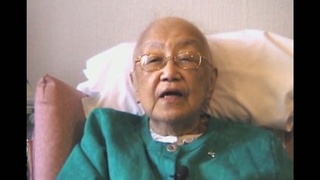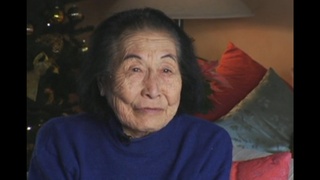Interviews
Nikkei contributions to Paraguayan agriculture (Spanish)
(Spanish) The immigration treaty was for agricultural workers. For people to become farmers. So then a handful of Japanese settlements formed outside of the capital, far from the capital, and they developed a mechanized method of agriculture. A model form of farming, especially in the cultivation of bean, of soy beans, and then that’s something the Japanese began growing and exporting to Japan. So, other Paraguayans saw how valuable it was to grow beans, and they began learning from the Japanese how it’s grown, how to harvest it and export it, and then the multinationals starting moving in beans with the Paraguayans. There are huge tracts of beans everywhere and now Paraguay is considered the 5th largest exporter of beans in the world. And in a way, the Japanese and Nikkei have made their biggest contribution to Paraguay through other agricultural achievements as well. They brought new products, new farming techniques, new kinds of fertilizer, new industrial processes. And so they harvested really high quality produce.
Date: October 7, 2005
Location: California, US
Interviewer: Ann Kaneko
Contributed by: Watase Media Arts Center, Japanese American National Museum











